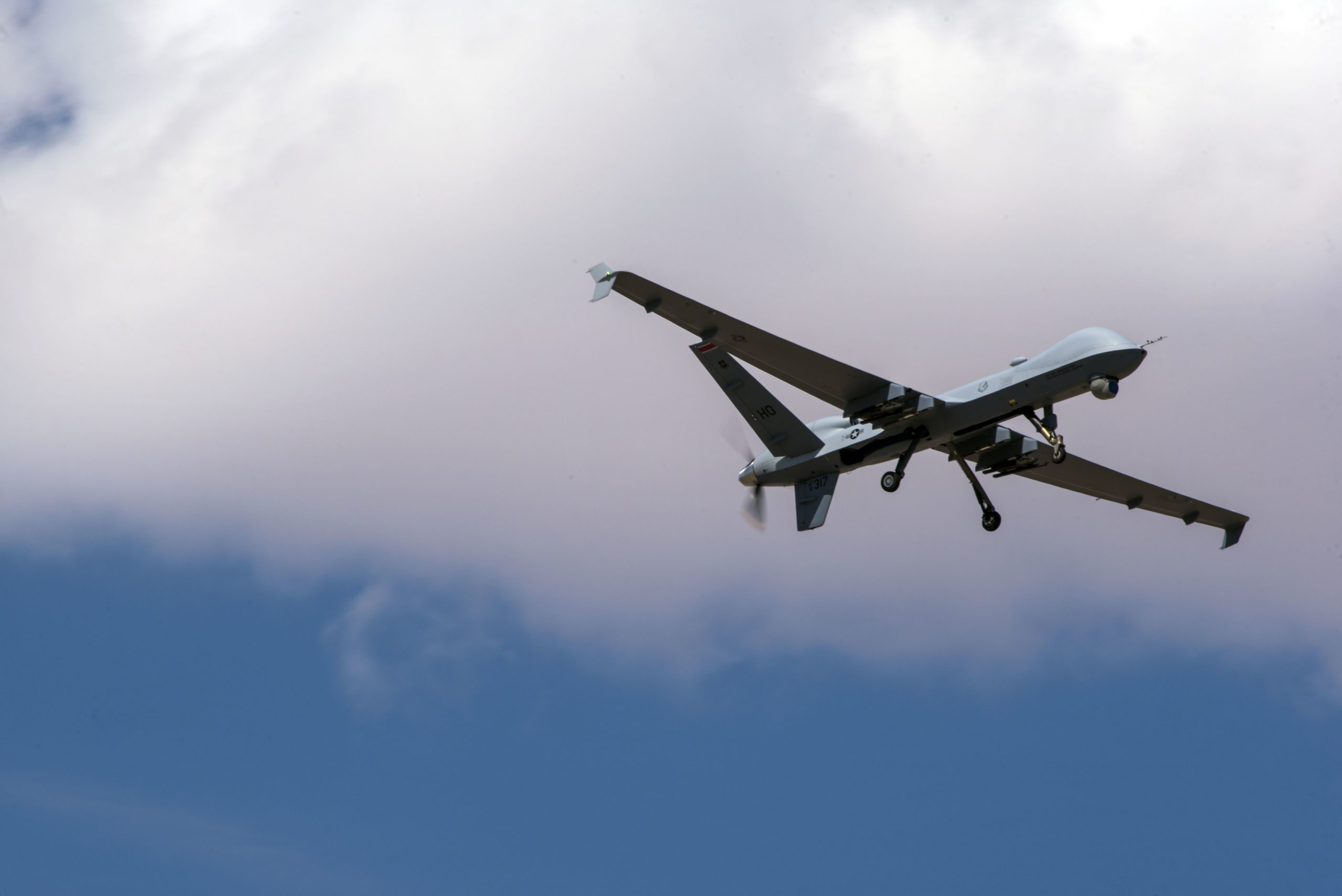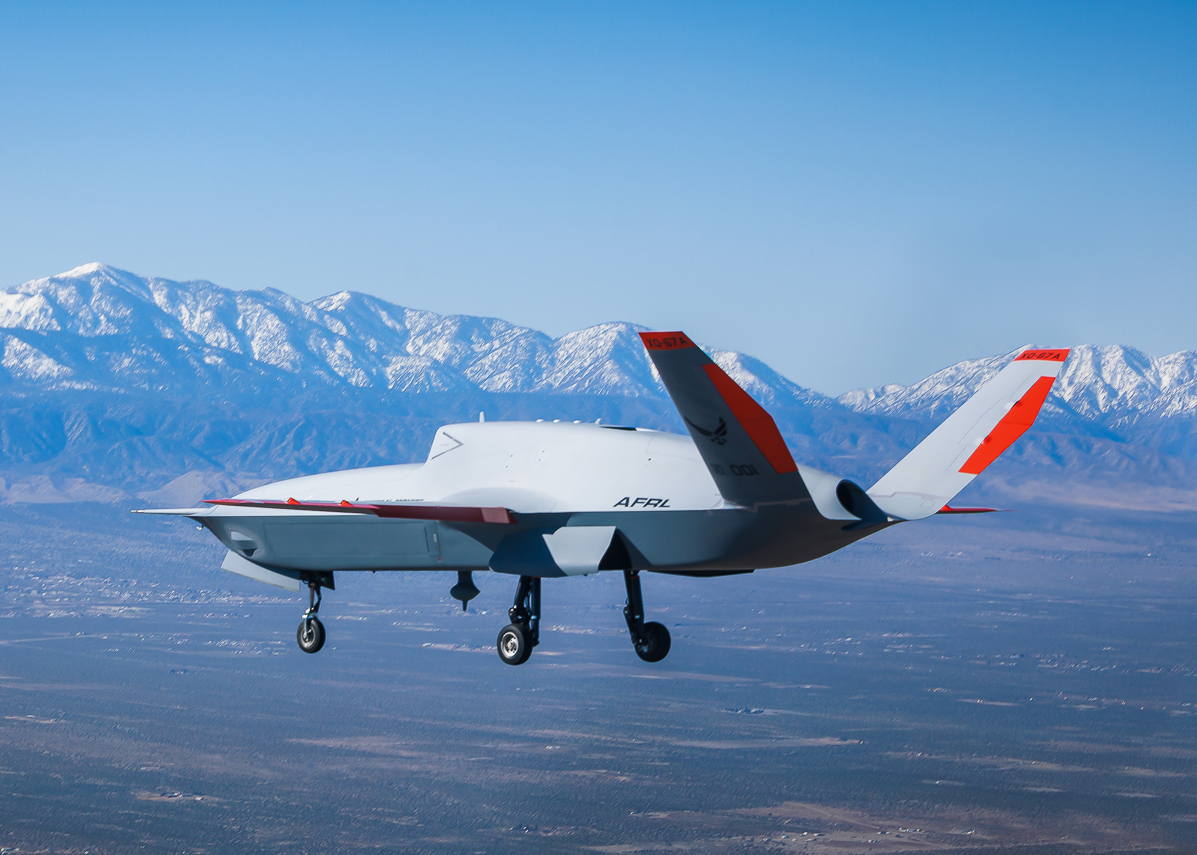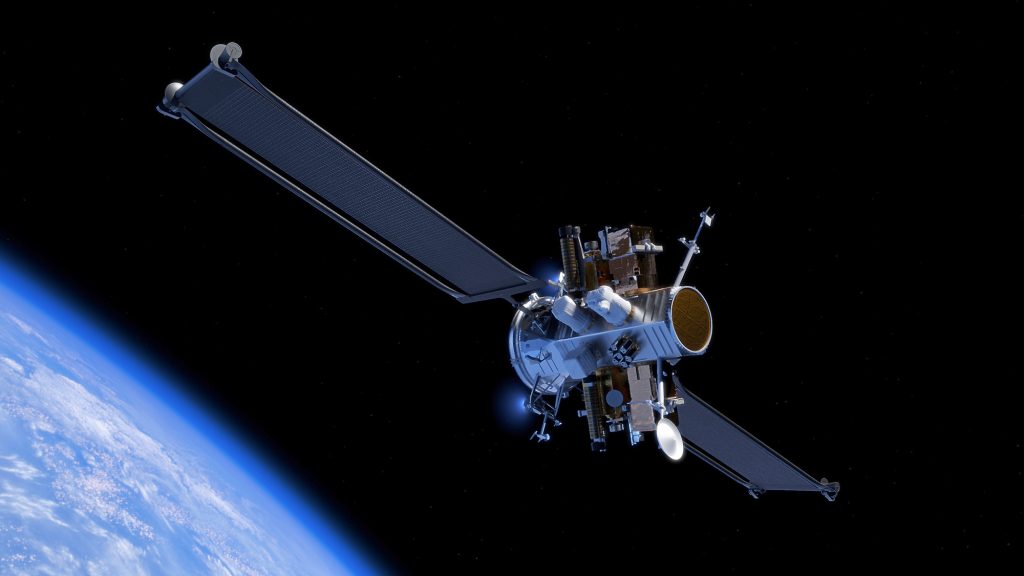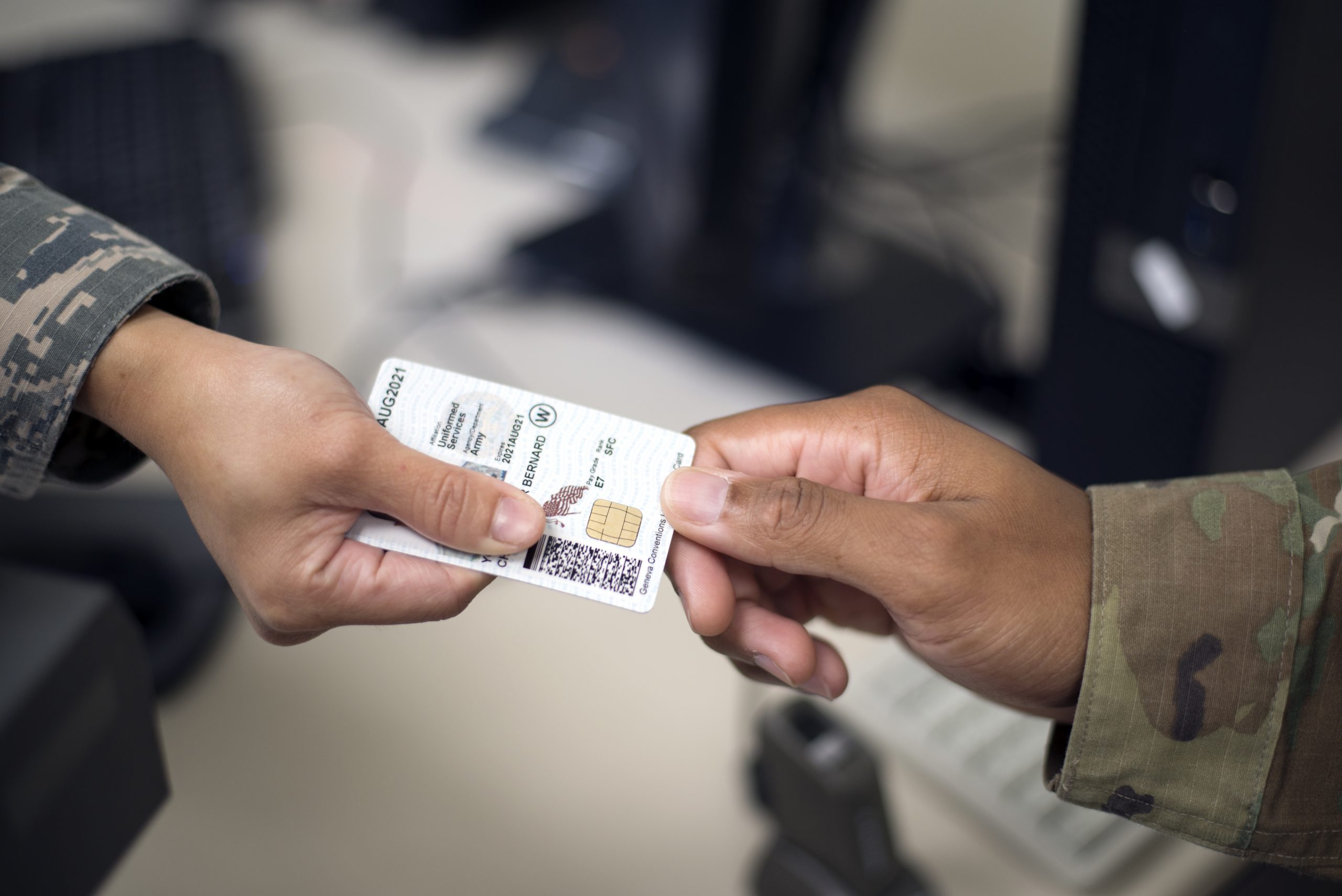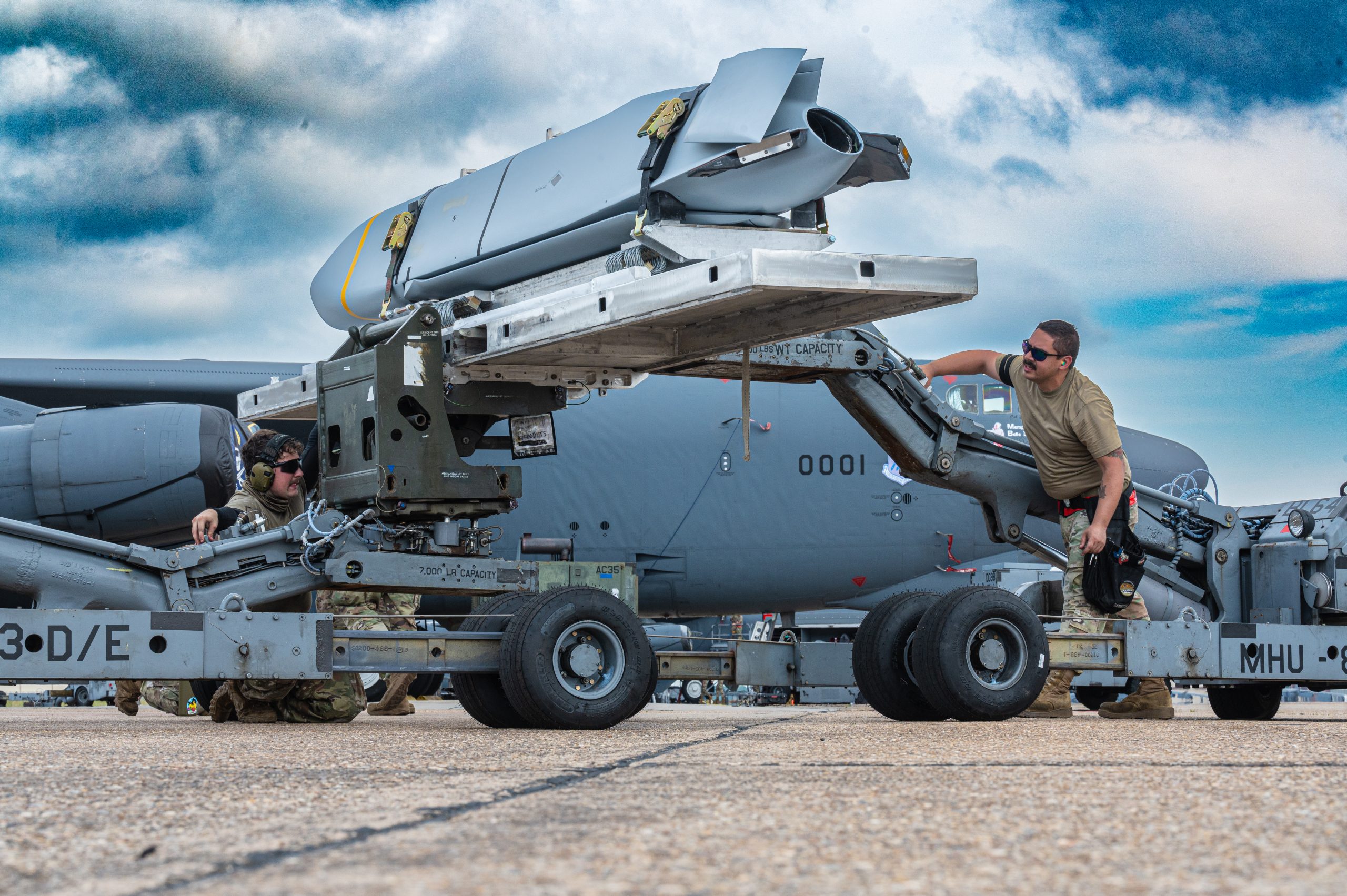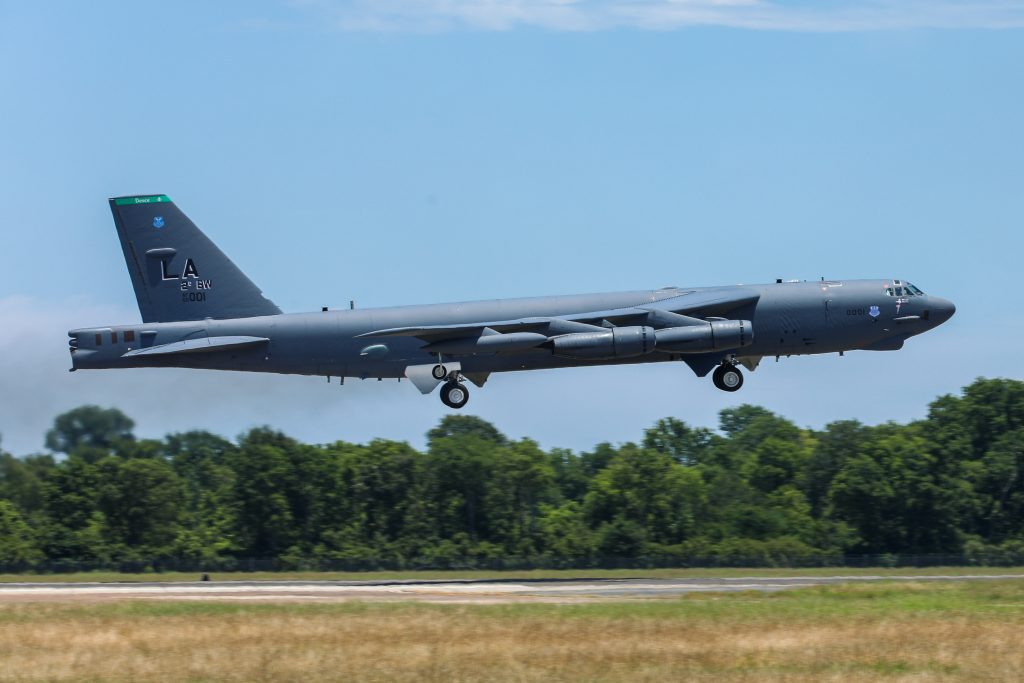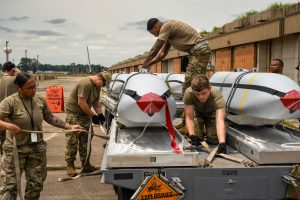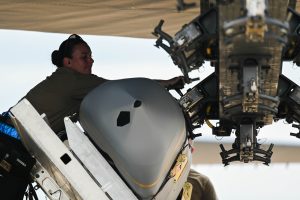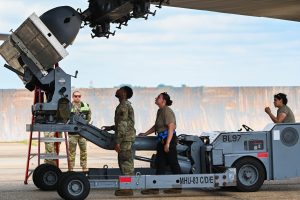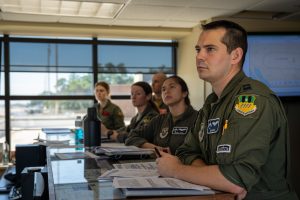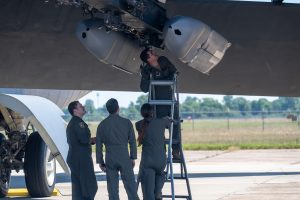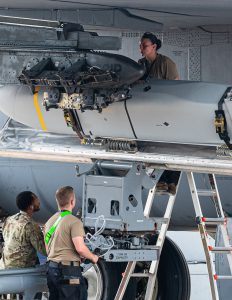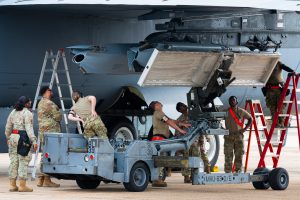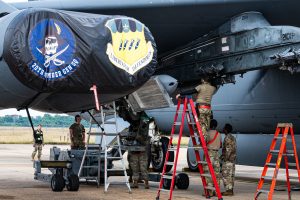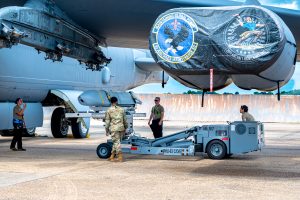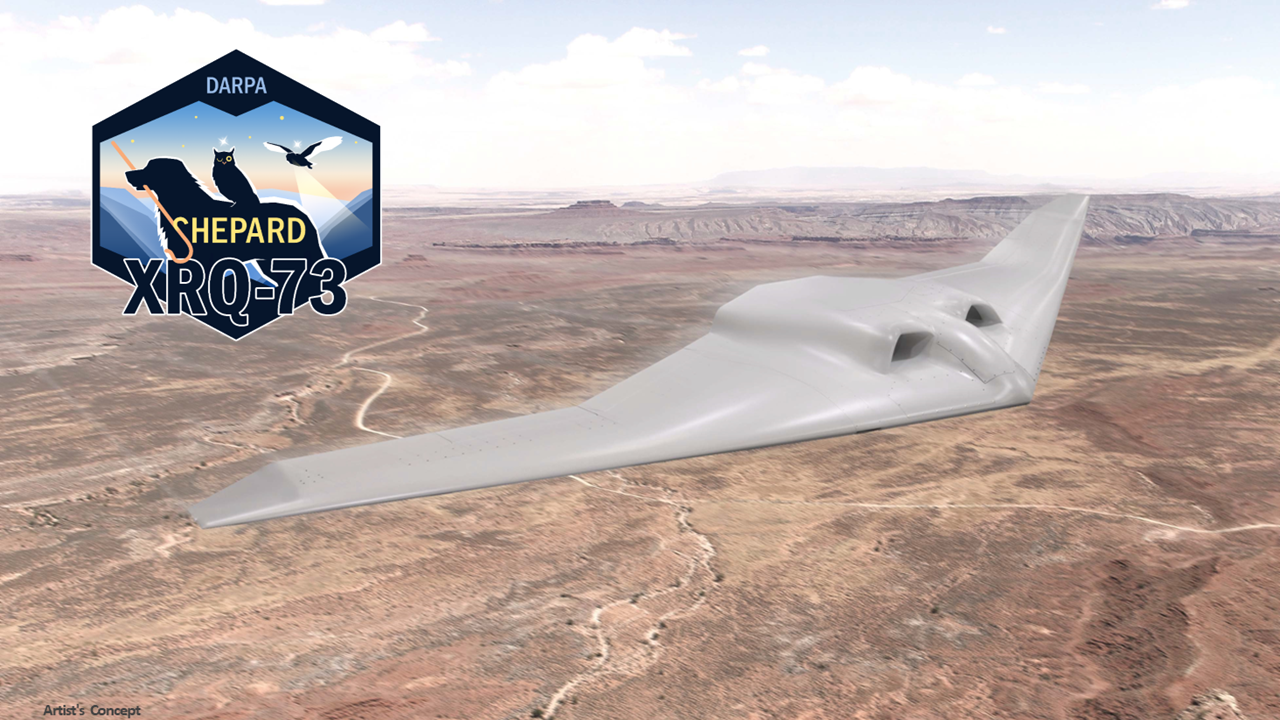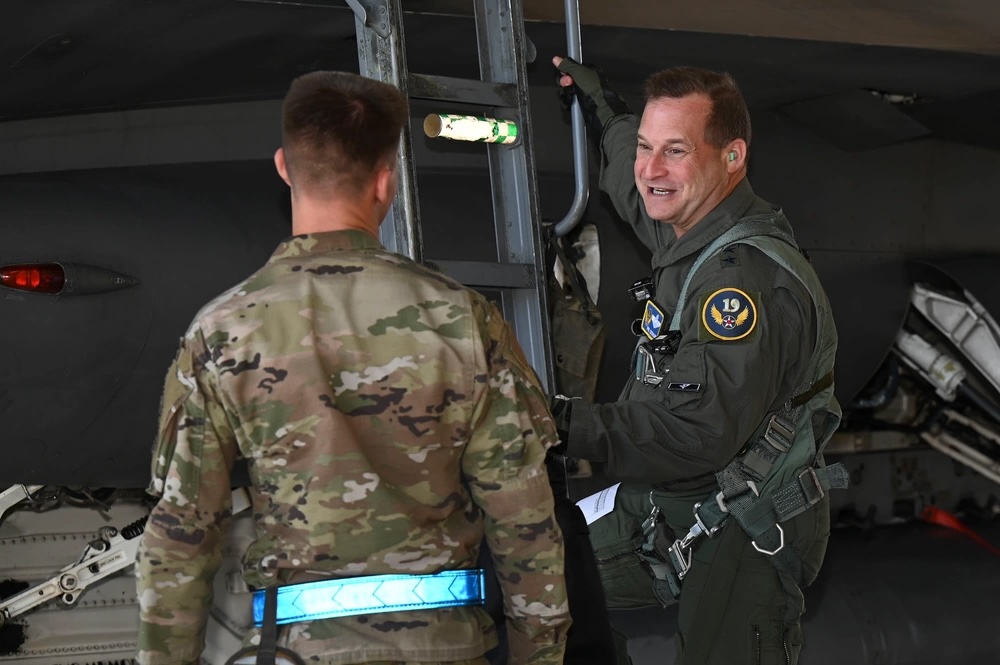A new training initiative at Holloman Air Force Base, N.M., is helping MQ-9 maintainers expand their specialties, essentially giving one Airman the skills of three to be able to generate sorties with minimal crews.
The program helps maintainers learn how to handle avionics, weapon systems, and aircraft power generation (crew chief work) for the hunter-killer drones. It is set to graduate its first cohort of Multi-Capable Airmen (MCA) next month.
“This program was born from the idea of potential combat in the Pacific theater in future conflicts, where we would need to island hop to propel the flying mission forward,” Tech Sgt. Cory Westerfield, 29th Aircraft Maintenance Unit aircraft section noncommissioned officer in charge, told Air & Space Forces Magazine. “We have already had success in sending MCA-qualified individuals on temporary duty and being able to send smaller teams since skill sets now overlap, especially for avionics and crew chief specialties.”
The Air Force has used the terms Multi-Capable Airmen and Mission-Ready Airmen to describe its push for service members to learn skills outside their main speciality, allowing the service to generate more airpower with smaller teams.
Holloman’s MQ-9 program kicked off in March, featuring four cycles each lasting 4 weeks. During each cycle, members from avionics, aircraft power generation, and weapons specialties in each unit rotate through training in each other’s specialties.
“An avionics technician who specializes in electronic systems used on aircraft would normally not be a part of airframe and engine maintenance,” Master Sgt. Michael Nistler, 29th AMU section chief, said in a release. “The MCA program allows them to learn launch and recovery procedures, tire and brake assembly replacements, engine theory of operation, and component replacements in addition to weapons systems.”
On July 3, by the end of the fourth cycle, the program expects to produce 33 MCA-qualified Airmen, adept in avionics systems operations, communication tasks, launch and recovery procedures, engine theory, and more. The training prepares physically separated aircrew and maintainers to collaborate effectively for unified combat and ISR operations.
“You get the overall knowledge about how the aircraft functions and how other sections work together and communicate with each other,” said Airman 1st Class Kennedy Richardson, 29th AMU avionics technician, who is currently undergoing the training.
The long-term goal is to “minimize the number of maintainers” required for deployment, Westerfield explained. Such a move fits with the service’s Agile Combat Employment (ACE) concept, emphasizing rapid deployment of small teams to adapt quickly in challenging environments.
“ACE and MCA can go hand-in-hand with smaller, cross-section teams able to perform required maintenance,” said Nistler.
Reaper operations used to require launch and recovery aircrews at each location. Recent upgrades to the aircraft include Automatic Takeoff & Landing Control (ATLC) and Satellite Launch & Recovery (SLR), reducing the number of on-site Airmen needed.
Westerfield added that starting last fall, Holloman has exclusively used Satellite Launch & Recovery for daily operations to train Airmen in this capability.
“SLR removes the need for launch and recovery aircrews at deployed locations, as maintainers can now set up the aircraft to connect to the satellite network in coordination with the MCE (Mission Control Element) aircrew that will be piloting the aircraft during the mission,” said Westerfield. “Moving locations quickly without having to move a lot of equipment infrastructure is beneficial to the efficiency of the mission, saving man hours, refueling trucks and equipment.”
Maintainers prepare the aircraft for satellite connectivity, then hand control over to Mission Control Element crew for piloting. Using Automatic Takeoff & Landing Control (ATLC), the MQ-9 drones can autonomously take off and land based on pre-defined or newly scanned airfield waypoints.
“Our unit has become capable of upholding the Agile Combat Employment initiative, both with the execution of satellite launch and recovery of aircraft and the MCA concept,” said Nistler.
The MQ-9, a long-endurance drone, is designed for reconnaissance and strike missions, primarily targeting time-critical and high-value targets in various environments. The U.S. has deployed a number of Reapers to the ongoing Israel-Hamas war to gather information about hostages held by militants, and for combat operations.
